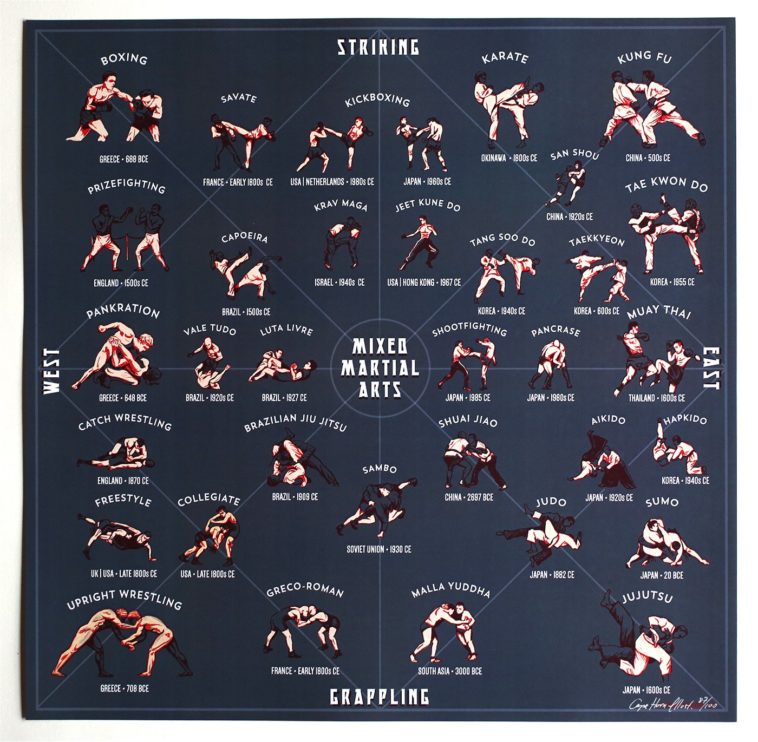Breaking Down Belt Levels In Taekwondo: What You Required To Know
Breaking Down Belt Levels In Taekwondo: What You Required To Know
Blog Article
Material Writer-Benson Santana
Did you understand that there are a total amount of 10 belt levels in Taekwondo? From the newbie's white belt to the respected black belt, each level represents a milestone in your trip to mastery.
But what do these belt levels really imply? Just how do you advance through them?
In https://best-martial-arts-for-chi87531.dailyblogzz.com/33775834/motivating-a-spirit-of-regard-and-justice-through-martial-arts-education-and-learning-for-the-young , we will certainly break down the belt degrees in Taekwondo, discover their relevance, and discover what it takes to increase via the ranks.
So, if you're curious to comprehend the intricacies of Taekwondo's belt system and what it suggests for your training, stay tuned.
The Objective of Belt Degrees
The purpose of belt degrees in Taekwondo is to provide a clear and structured progression system for you to track your development and skill degree. As you begin your Taekwondo journey, you begin with a white belt, symbolizing your novice condition. With each belt promo, you gain new knowledge, techniques, and responsibilities.
Learn Even more as landmarks, mirroring your devotion, dedication, and development in the fighting style. They provide a sense of achievement and motivation to maintain pushing on your own to boost. Additionally, belt levels aid instructors and peers evaluate your capacities and provide ideal advice and training.
Belt Color Styles and Their Significances
As you advance with the belt degrees in Taekwondo, each shade represents a specific definition and symbolizes your growth in the fighting style.
The white belt, which is the beginning point for all beginners, represents purity and innocence.
As you proceed to the yellow belt, it represents the planet from which a plant sprouts and takes root.
The green belt represents development and the advancement of your skills.
The blue belt represents the sky, where your capacity as a Taekwondo professional is limitless.
The red belt represents risk and care, advising you to utilize your abilities properly.
Ultimately, the black belt represents proficiency and knowledge, indicating your journey in the direction of ending up being a real Taekwondo master.
Each belt shade holds its own distinct definition, reflecting your development and devotion in this old fighting style.
Progressing Via the Belt Degrees
To advance via the belt levels in Taekwondo, you have to consistently demonstrate your skills and commitment. Below's what you need to find out about proceeding in this martial art:
1. ** Practice Makes Perfect **: Regular training sessions are necessary to boost your technique and master the necessary kinds. Repetition refines your abilities, allowing you to execute with accuracy and speed.
2. ** Pushing Your Limits **: Advancing with the belt degrees needs pressing on your own past your convenience area. You'll be tested physically and mentally, yet it's through these challenges that you expand and boost.
3. ** Checking Your Knowledge **: Belt checks examine your understanding of Taekwondo concepts, consisting of sparring, self-defense, and damaging methods. These tests ensure you have a thorough grasp of the art and are ready to progress to the following degree.
Conclusion
As you embark on your journey with the belt degrees in Taekwondo, remember that each color holds a much deeper meaning past its surface appearance.
Just like the vivid hues of the belts, your progression stands for development, self-control, and willpower.
As Learn Additional Here advance, each belt becomes a symbol of your devotion and proficiency of the art.
Accept https://www.nbcdfw.com/news/local/mansfield-officer-bonds-with-teen-over-martial-arts/3309632/ , press your restrictions, and let the meaning of your belt degrees inspire you to end up being the very best version of yourself both on and off the floor covering.
